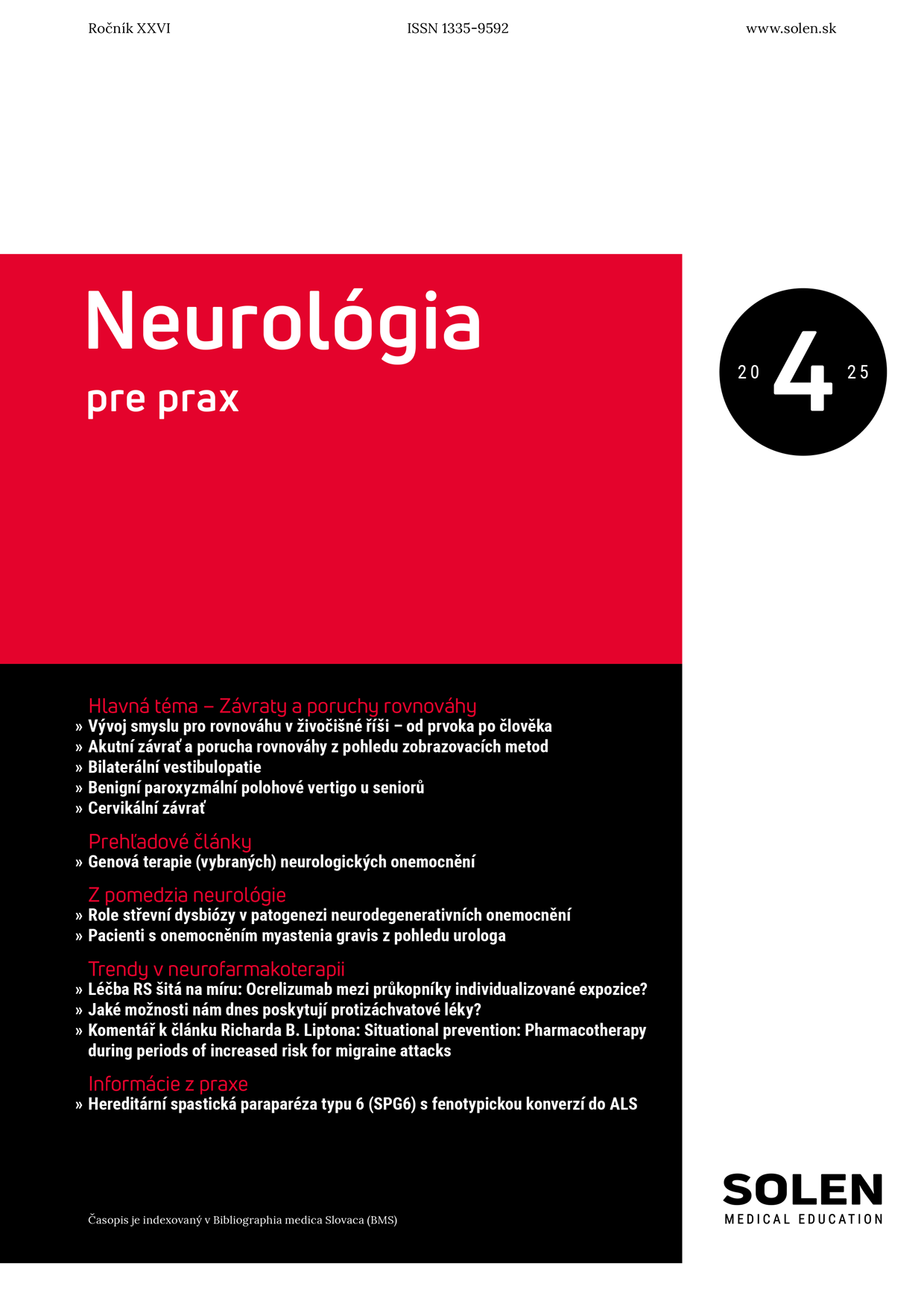Urologie pro praxi 5/2019
The use of implants in the treatment of female urinary incontinence
The introduction of surgical/tape implants into clinical practice has entirely changed the approach to treating stress incontinence. Complicated surgeries, which formerly required prolonged periods of hospitalization – usually for a week – can now, pretty much, be performed as outpatient surgeries. Besides, it’s noteworthy to say that applying such methods has resulted in greater success, in contrast to the traditional approaches (e.g., Colpopexis sec. Burch). Today, the implantation of tensionfree, subutheral tapes is considered the gold standard in solving the stress incontinence. The theoretical basis for a wide-scale implementation of implants in practice has been summarized by the Integral Theory, initially published in 1990 by its authors, Professor Petros and Professor Ulmsten. The Integral Theory regards the urinary incontinence, along with most of the chronic dysfunctions of pelvic floor in healthy females who are otherwise healthy, as symptoms caused by morphologically defective structures of pelvic floor. It emphasizes the vital impact of the damaged connective tissue when such dysfunctions develop and substitutes the damaged connective tissue with a mesh implant. According to the Integral Theory, it’s possible to solve a significant number of urge incontinences by applying a mesh implant. The objective of this article is to present a practical perspective on the utilization of tape and mesh implants, along with their therapeutic potential. The mesh implants should rebuild the physiological shape and solve primarily the pelvic floor's statics. I deliberately avoided the issue of implementing the artificial urinary sphincter, which should also be considered an implant. Contrary to the mesh implants, they mechanically close the urethra and are not indicated for the treatment of stress or urge incontinence. Their more profound analysis represents a separate subject. I relinquish the analysis of these operations to those, who actively perform such surgeries.
Keywords: integral theory, dysfunctions of pelvic floor, stress incontinence, urge incontinence, pelvic organ prolapse.

















